Spotlight on 2018
The past year at the Ohio Supreme Court held a few firsts and a 75th anniversary, a hot topic on the ballot, plus inspiring words from a special speaker.
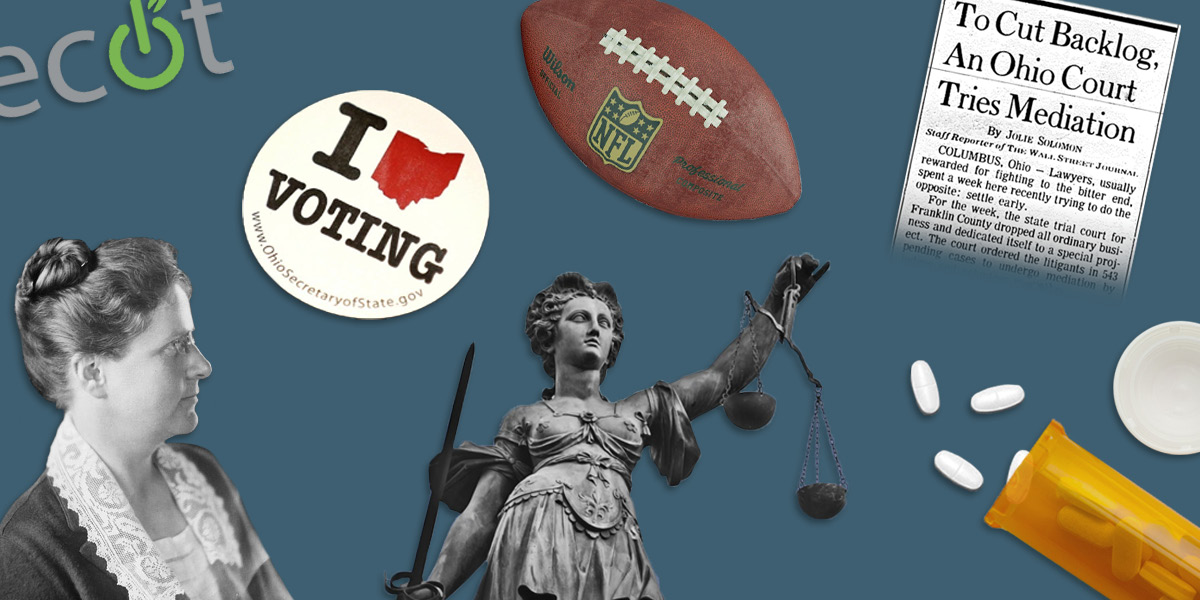
The rising number of overdose deaths in the state last year formed a backdrop for trainings and discussions within the state and across the nation. Also in the mix for Ohio courts during 2018 were a contentious statewide drug-reform measure, notable events such as the debut of a Supreme Court dispute resolution conference, and important rulings. Here’s our look back at several of the key moments.
Chief Justice Speaks Out on Issue 1
Earlier this year, Issue 1 was approved for placement on the November ballot. Voters considered whether certain offenses for obtaining, possessing, or using certain drugs no longer would be classified as felonies, but instead as misdemeanors. The measure would prohibit jail time as a sentence for these offenses unless the individual committed three offenses within 24 months.
Aug. 30 Statement
Ohio Supreme Court Chief Justice Maureen O’Connor made a statement in August strongly opposing the issue, raising serious concerns about the consequences if it passed. She explained:
Too many people in our criminal justice system are there because of substance abuse disorders. This is undeniable. …
Issue 1 on Ohio’s November 6 ballot purports to address this problem by reducing drug possession penalties and directing the savings from reduced incarcerations to expanded drug treatment and resources for crime victims. A superficial reading of Issue 1 could lead voters to see it as a thoughtful, compassionate, and reasonable response to a difficult and intractable problem. It seems so, until you peel back its layers and see that it will have catastrophic consequences for our state.
Among the consequences she identified:
- Possession of the lethal opioid fentanyl, which has been involved in an escalating number of overdose deaths, would be a misdemeanor, allowing only a sentence of probation.
- Current felonies for possession of other deadly drugs – such as cocaine, K2, meth, and heroin – would be reduced to misdemeanors.
- Mandating probation for drug possession would tie the hands of judges when sentencing offenders.
- Drug court programs would be hampered because the initiative would eliminate jail time as a possible penalty when needed to motivate participants.
Many judges joined the chief justice in speaking out across the state about the expected downsides and dangers of Issue 1, and their efforts prevailed. In November, Ohioans voted to reject the measure.
Court Launches First Dispute Resolution Conference
Four hundred mediators, lawyers, and judges gathered in Columbus in March to participate in the Ohio Supreme Court’s first statewide Dispute Resolution Conference.
“Mediation is used in nearly every civil case type in every jurisdiction,” Chief Justice Maureen O’Connor told attendees. “Ohio’s courts offer more dispute resolution options than ever before.”
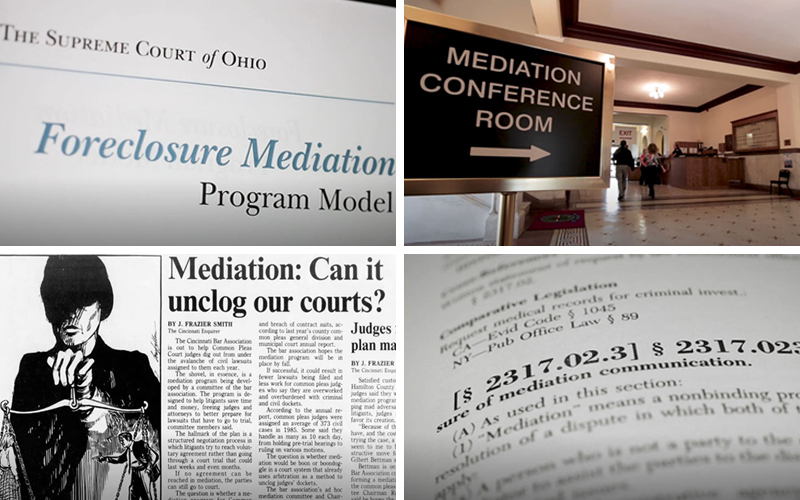
Participants were encouraged to share new ideas and help people resolve human conflict in ways that are meaningful, fair, and sustainable.
The conference featured 100 speakers and 40 breakout sessions, including one about Franklin County’s online dispute resolution system and a civil stalking pilot mediation project in 12 Ohio counties. The speakers included federal judges and law professors from across the country.
The keynote speaker, former U.S. District Judge Layn Phillips, was the court-appointed mediator in the legal settlement between the National Football League and 4,500 retired players over alleged concussion-related brain injuries.
The crowd also saw a documentary on the history of dispute resolution, including words from the late Ohio Supreme Court Chief Justice Thomas J. Moyer on how he valued mediation. Led by Cathy Geyer, manager of the Court’s dispute resolution programs, the conference was hosted by the Ohio Supreme Court’s Commission on Dispute Resolution and Dispute Resolution Section.
Facing the Opioid Crisis
Standout Supreme Court Rulings
Among the 277 opinions issued by the Ohio Supreme Court in 2018, here are a few noteworthy ones:
- Ohio Death Penalty Sentencing Process Ruled Constitutional
- State Can Measure E-School Attendance with Student Participation Data
- Cincinnati Newspaper May Inspect Pike County Autopsy Reports
- Football Player’s Widow Can Pursue Head Injury Lawsuit Against Notre Dame, NCAA
- Juvenile Offenses Can Be Used to Convict Adult of Illegal Firearm Possession
- City Must File Separate Case to Block Funding Deductions for Collecting Traffic Camera Fines
- Court Affirms State’s Revocation of Toledo Clinic’s License
- Clinic Lacked Standing to Challenge Budget Bill’s Constitutionality
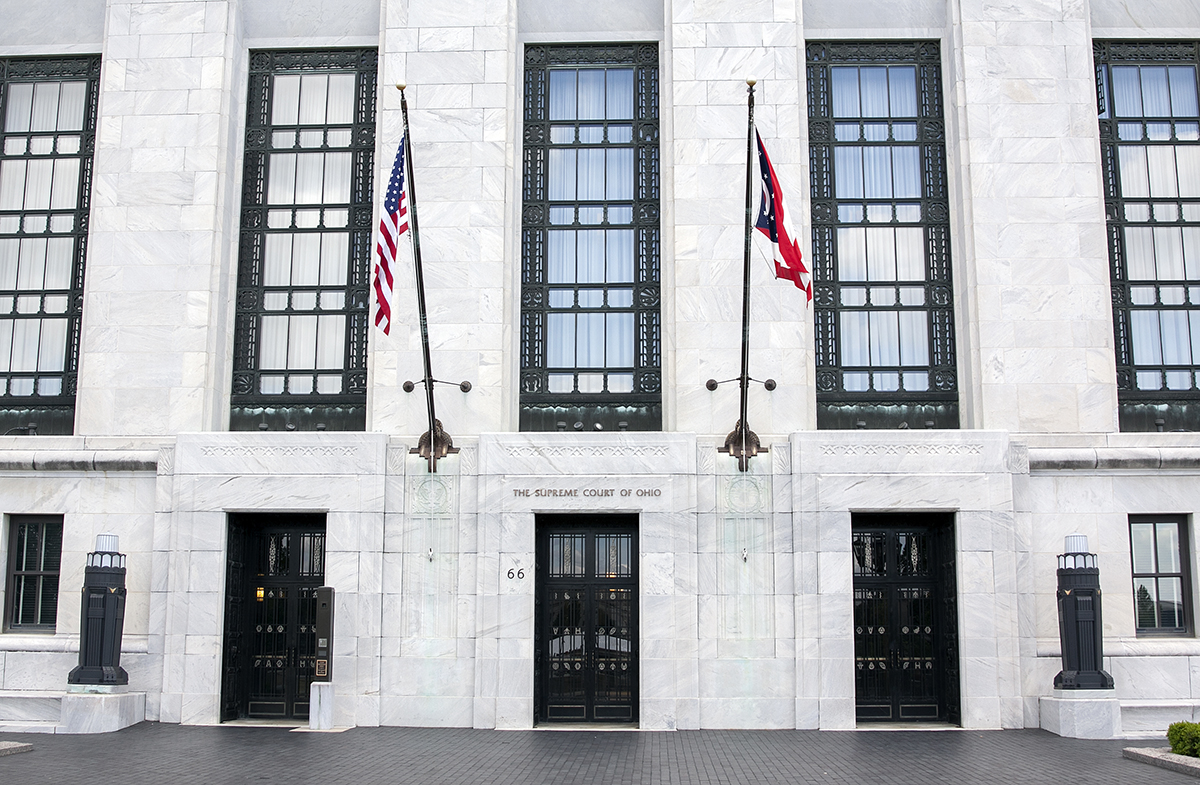
Non-Profit Founder, Former Football Star Inspires Students
One-time Ohio State football great Maurice Clarett shares his difficult journey overcoming hurdles and learning to focus his ambition toward the positive. He spoke to 230 people, including students from five Columbus-area high schools, who gathered at the Ohio Supreme Court in February.
First Female Justice Selected for Social Justice Mural
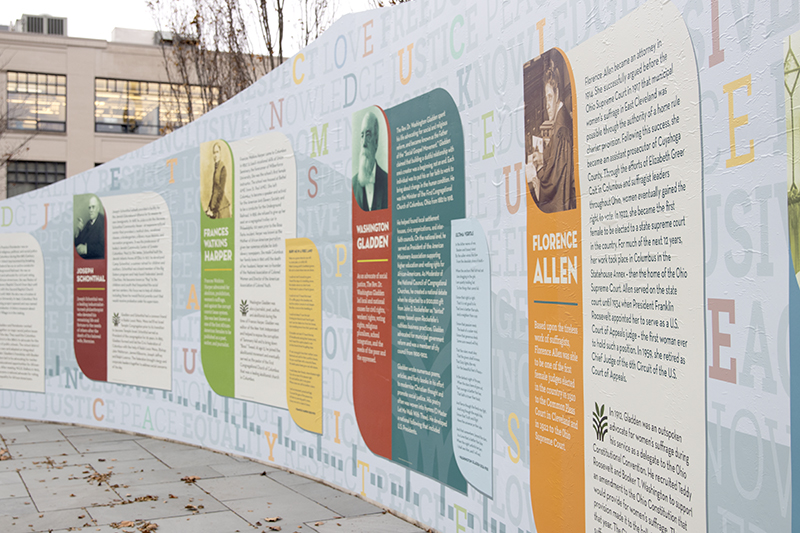
Florence Allen, the first woman elected to the Ohio Supreme Court in 1922, was one of a distinctive group of historic Ohio leaders chosen to be depicted on a mural featuring people who devoted their lives to advancing social change.
“She was an influential jurist who worked with others to advance the cause of social justice,” said Rev. Tim Ahrens, senior minister at First Congressional Church, which helped spearhead the project.
The mural is part of the Washington Gladden Social Justice Park, which opened in October. The venue, located in Columbus, is reported to be the first park in the country dedicated to social justice. Learn more about Justice Florence Allen on the Supreme Court website.
Grand Jury Resources Available to Courts and Schools
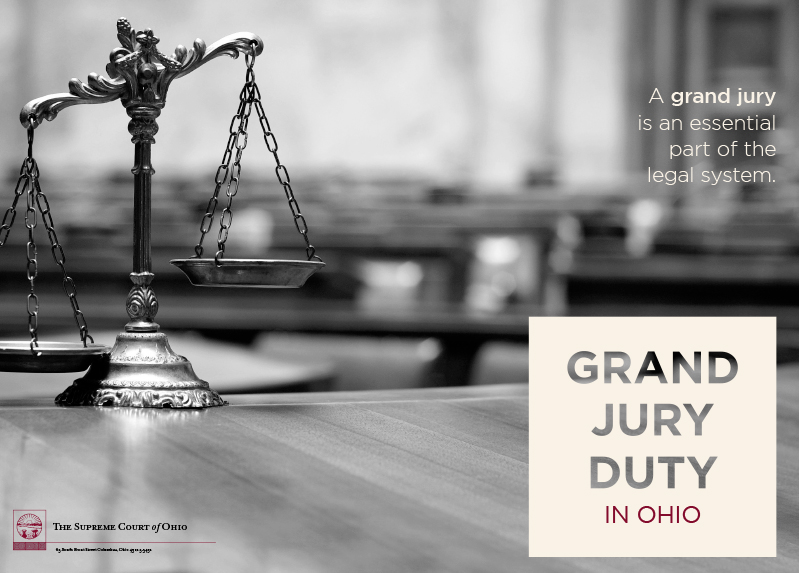
In May, the Ohio Supreme Court released an educational video and pamphlet about grand juries for Ohio judges, courts, and schools.
The Task Force to Examine Improvements to the Ohio Grand Jury System recommended in a 2016 report that the materials be developed. The task force was charged with determining ways to give the public a better understanding of how the state’s grand jury system works and ways to instill or ensure public confidence in the process.
“The justice system in America and in Ohio cannot function properly without the dedication and involvement of its citizens,” Chief Justice Maureen O’Connor explains in the video and pamphlet.
Supreme Court Staff Receive Excellence Award for Jury Survey
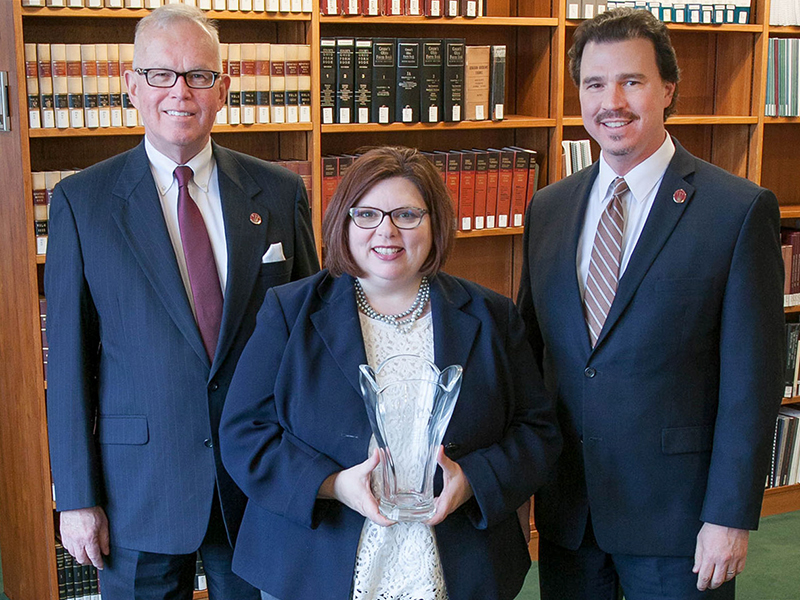
The Office of Judicial Services was honored in early 2018 with an Award of Excellence from the Ohio Jury Management Association (OJMA) for helping the organization develop and distribute a statewide online survey on jury policies and practices. The use of an online format made an involved project much more manageable and allowed OJMA to better use limited resources.
Pictured (from left): W. Milt Nuzum III, director, Judicial and Education Services Division; Dot Keil, education program manager, Ohio Judicial College; and Brian Farrington, statistics analyst, Office of Court Services.
Supreme Court Takes Oral Arguments on Road for 75th Time
In April, the Court celebrated its 75th off-site court session in Putnam County before 530 high school students from nine school districts.
CREDITS:
